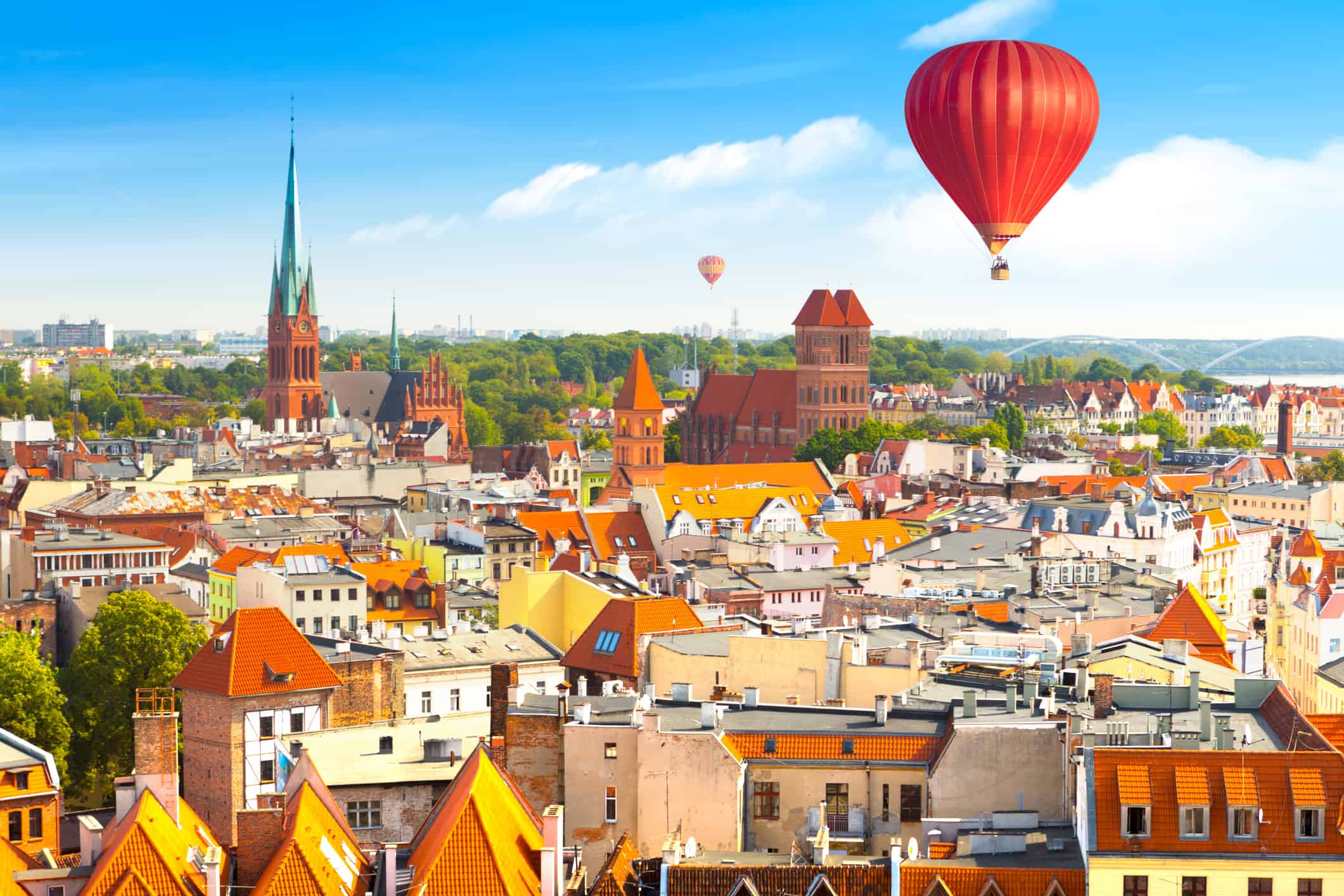Poland is located in Europe and is one of the biggest countries on the continent, both in area and population. Historically, it has also been a land that has been sought after by major European powers. The Baltic Sea borders Poland to the north and a total of seven countries border Poland to the south, east, and west.
The country has a temperate climate, experiencing true seasons throughout the year. Nearly 40% of Poland is covered in forests. The country’s Bialowieza Forest, on the border between Poland and Belarus, is where the European bison makes its home.
Poland has historically been the site of many European conflicts. Its prime location in the center of the continent is the main reason why other European powers have sought to control the land. In 1795, Russia, Prussia, and Austria conquered the country and divided it up amongst themselves. It wasn’t until after World War I that Poland became a country again, but unfortunately, Hitler invaded Poland on September 1, 1939, which sparked World War II. Afterward, the Soviet Union controlled Poland with an iron fist until its independence in 1989.
Today, Poland has enjoyed democracy for over 30 years and is now part of the European Union. Let’s explore the seven neighboring countries around Poland.
Belarus

Forty percent of Belarus is covered in forests and it is known as “the lungs of Europe.”
©Ryhor Bruyeu/iStock via Getty Images
Various powers have controlled Belarus from the medieval period and afterward. It was part of the Russian Empire until 1922 when it became a state in the USSR. Belarus officially became independent from the Soviet Union in 1991. In the first free elections of the new republic, the people elected Alexander Lukashenko in 1994. He has been in power ever since and the 1994 elections were the only free elections the country has had.
Belarus is seen by the Western world as an authoritarian government and has continued with Soviet policies. Belarus and Russia are close allies, as the country is one of Russia’s few supporters in the Russia-Ukraine war.
Czech Republic
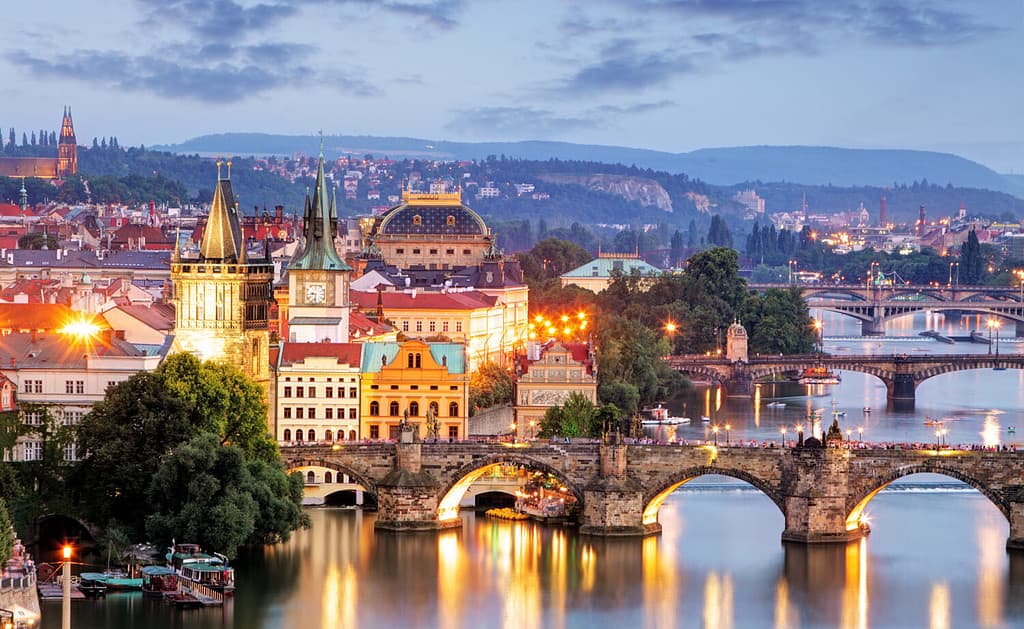
The Czech Republic used to be known as Bohemia, before and when it was part of the Holy Roman Empire.
©TTstudio/Shutterstock.com
The Czech Republic, also known as Czechia, is a hilly country that has a temperate climate. It was part of the Duchy of Bohemia until the Holy Roman Empire took over. After the Holy Roman Empire was dissolved, it became part of the Austrian Empire until 1918. It was briefly a republic until Hitler took over Czechoslovakia in 1938. After World War II, Czechoslovakia became part of the Soviet Union until they peacefully claimed their independence in the Velvet Revolution in 1989.
In 1993, they formally separated from Slovakia and established the Czech Republic. They have enjoyed tranquility and democracy since then. They have been a part of the European Union since 2004.
Germany
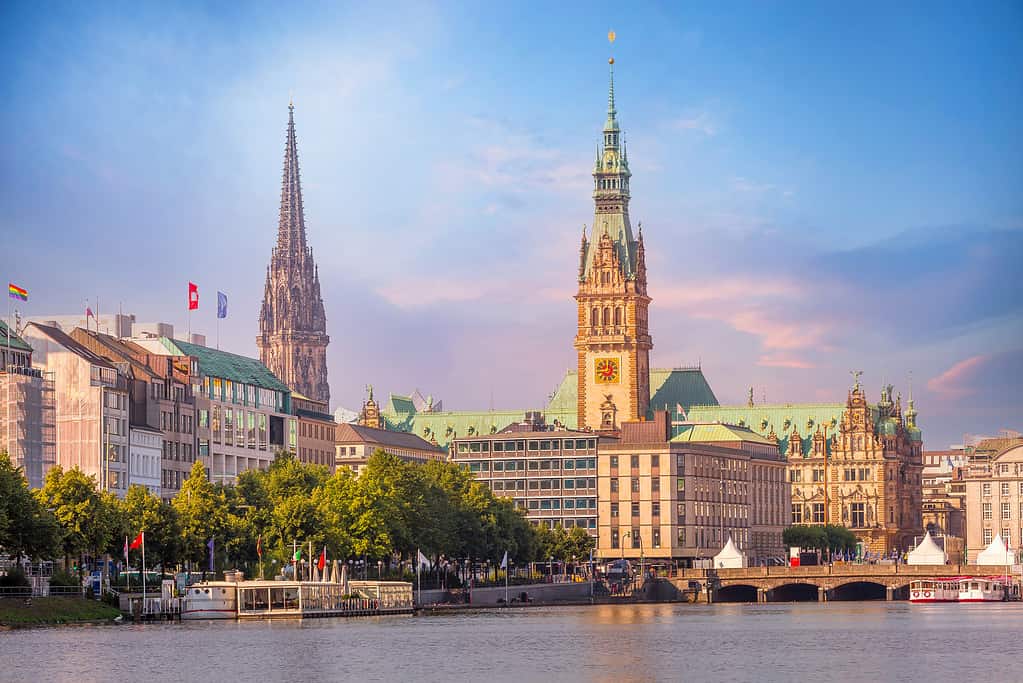
Gummy bears were invented in Germany.
©Kisa_Markiza/iStock via Getty Images
Germany is one of the most influential countries in history. Historically, it has been part of the Holy Roman Empire, and several German micro-states that made up the German confederation, and in the 19th century, it finally achieved unification. After World War I, Germany became a republic until Hitler rose to power. Nazi Germany wanted to expand their territory and was able to conquer most of Europe.
After World War II and the defeat of Nazi Germany, the country was split in two. Half belonged to the Soviet Union, known as East Germany, and the other half became a republic, West Germany. After the fall of communism, Germany reunited and became the Federal Republic of Germany. Today, it is an economic powerhouse and one of the influential leaders in the European Union.
Lithuania

Believe it or not, basketball is the national sport of Lithuania.
©proslgn/Shutterstock.com
Lithuania makes up the most southern Baltic state and over time, Baltic tribes controlled the region. The Kingdom of Lithuania was founded in the early 1300s and ruled until Russia invaded Lithuania at the end of the 1700s. It briefly was a republic between the two world wars, but after World War II, Lithuania became a Communist-controlled state of the USSR.
After 45 years, Lithuania formally became independent in 1990. It became the first Soviet state to do so. Since then it has enjoyed a period of stability and democracy. They have been a part of the European Union since 2004.
Russia
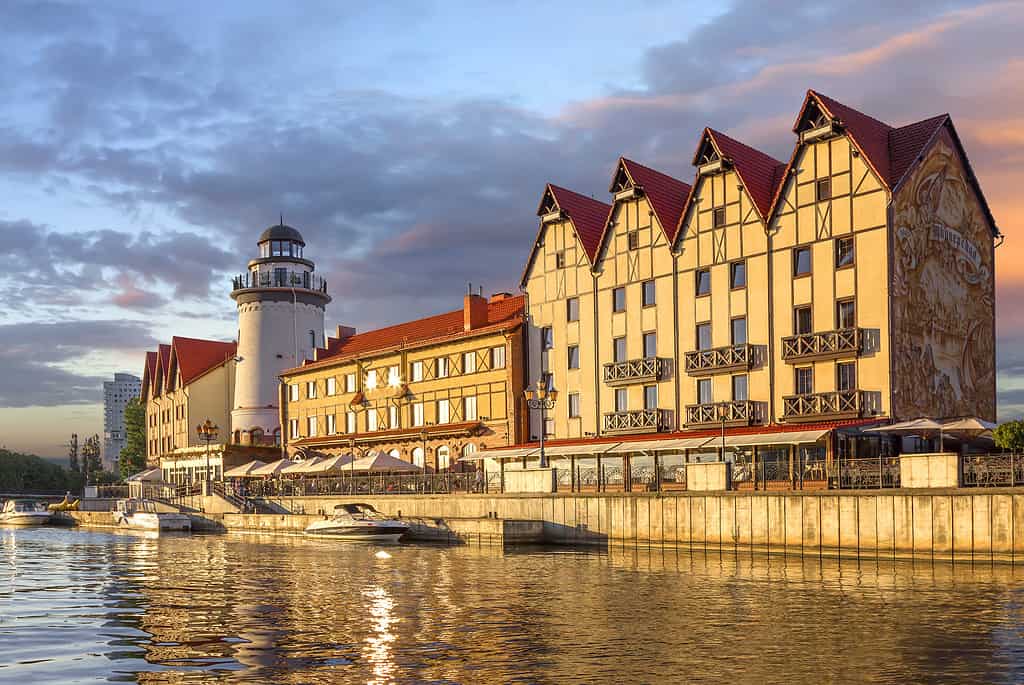
Russia takes the top spot in having the longest railway in the world.
©Belikart/iStock via Getty Images
The portion of Russia that borders Poland is the Kaliningrad Oblast province. Before the end of World War II, Kaliningrad used to be called Königsberg and was a part of Nazi Germany. However, after the end of the war, it was agreed by the Allied Powers that Königsberg would be part of the Soviet Union and renamed Kaliningrad. The Soviet Union wanted to maintain easy access to the Baltic Sea and Western Europe.
In the 1950s, Soviet premier Nikita Kruschev offered the territory to Lithuania, but the Communist secretary of Lithuania turned him down as it would add more than a million ethnic Russians to Lithuania. Today, Kaliningrad Oblast remains a critical territory for Russians as they continue to fight in the Russia-Ukraine war.
Slovakia
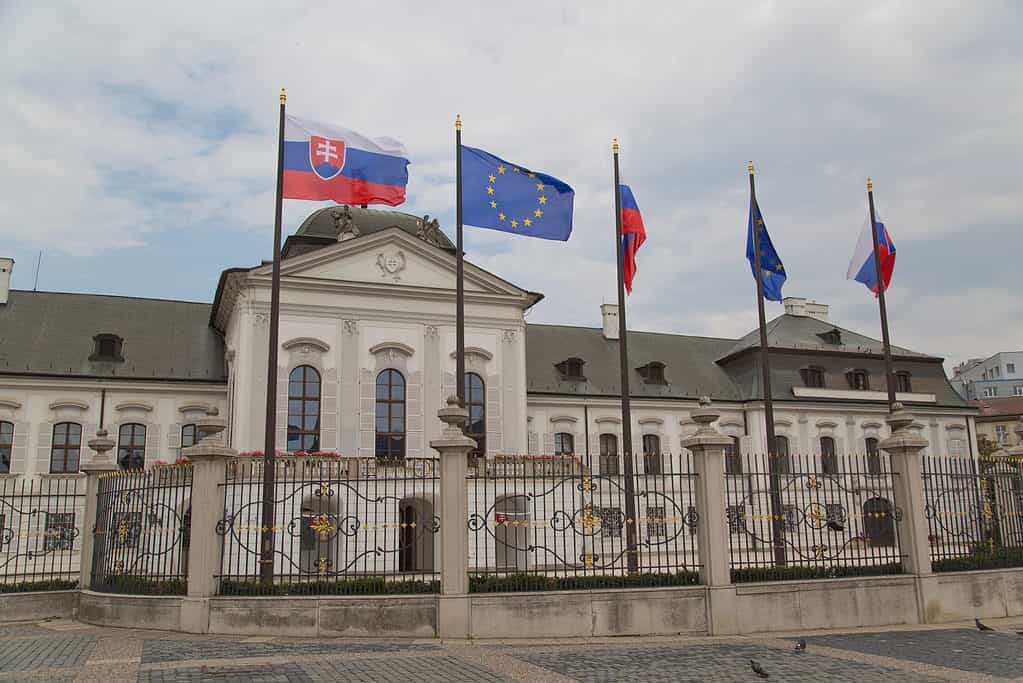
Slovakia’s capital, Bratislava, is the only capital in the world that borders two countries: Austria and Hungary.
©Kutikan/Shutterstock.com
The territory of what is now Slovakia was controlled by the Great Moravian Empire until the Hungarian Kingdom took over, controlling Slovakia for more than a thousand years. It wasn’t until after World War I when Austria-Hungary was dissolved that Slovakia became an independent country under the name of Czechoslovakia. That soon ended when Hitler snatched the country up. After World War II, the Soviet Union established a puppet Communist state.
In 1989, Czechoslovakia revolted and called for independence. In what is called the Velvet Revolution, the Soviet Union peacefully passed on power. Czechoslovakia was split in two in 1993, forming two democracies: the Czech Republic and Slovakia. Today, Slovakia is part of the European Union and is slowly flourishing.
Ukraine
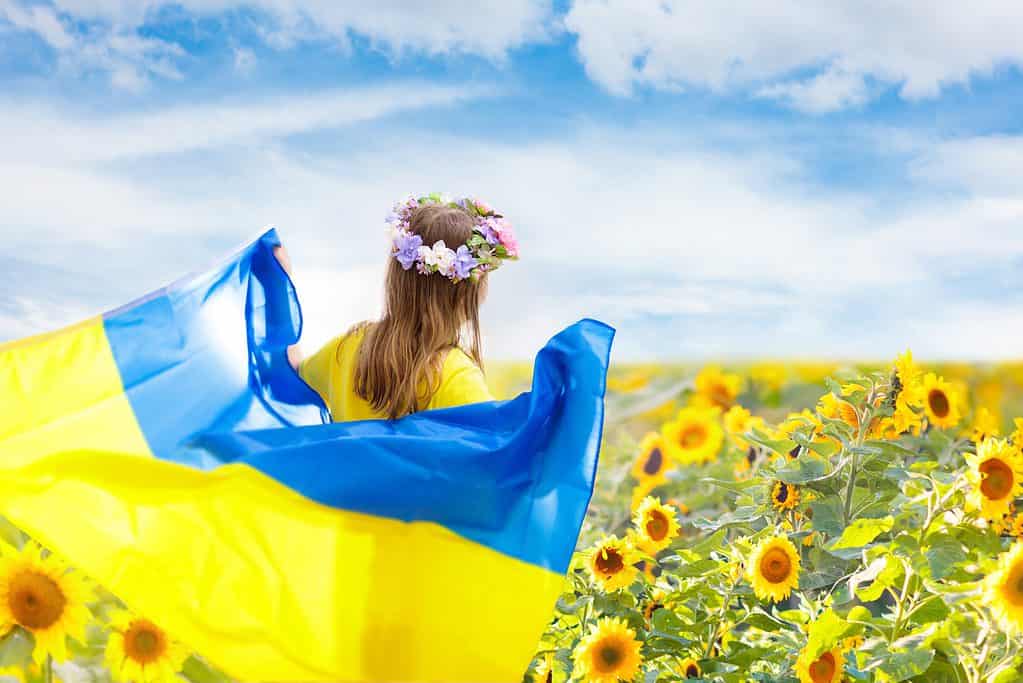
The sunflower is the national flower of Ukraine.
©FamVeld/Shutterstock.com
With a population of over 43 million, Ukraine is the subject of much international attention. Ukraine is an agricultural fertile area that is known as “the breadbasket of Europe.” Throughout history, the land of Ukraine has always been controlled by others, whether it is the Lithuanians, the Mongols, or the Russians. Russia controlled Ukraine with an iron fist, banning the Ukrainian language from being spoken or written in public. But Ukrainians continued to be strong, keeping their traditions alive in private.
In 1986, the deadliest nuclear accident occurred in Chernobyl, Ukraine. A nuclear reactor exploded, which killed many people. But the aftermath was much worse, as it devastated an entire generation that lived near the nuclear site. In 1991, Ukraine gained independence from the Soviet Union and continued on a path of democracy. In 2022, Russia invaded Ukraine and to this day, Ukrainians are involved in conflict with Russia.
Poland Facts
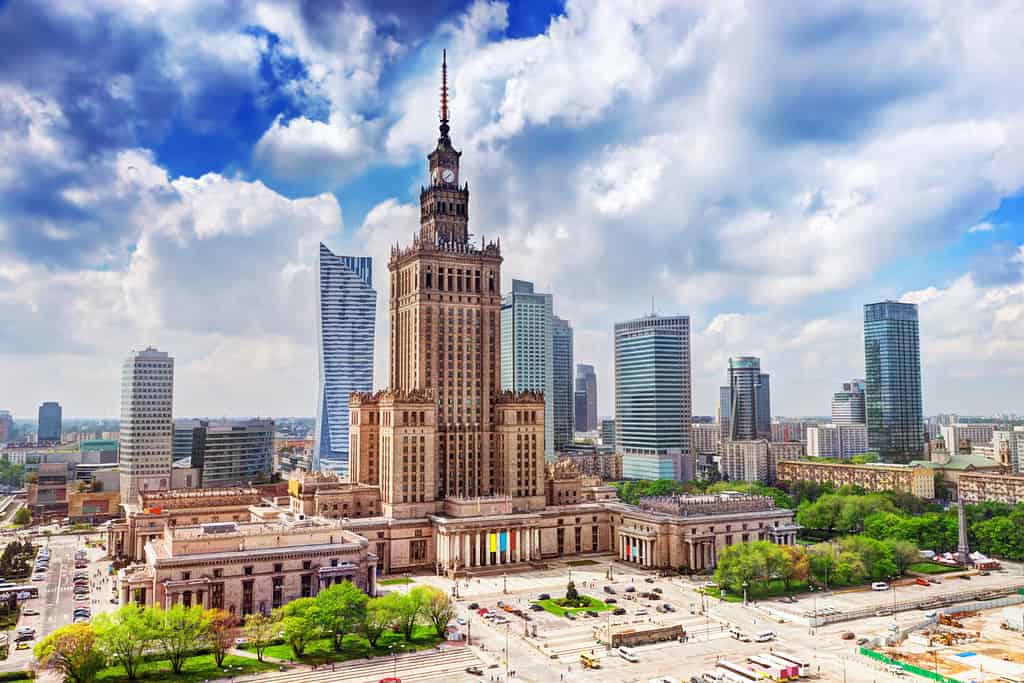
Most people think vodka originated in Russia, but it was invented in Poland.
©PHOTOCREO Michal Bednarek/Shutterstock.com
- Capital: Warsaw
- Population: 38.4 million
- Currency: Zloty
- Official Language: Polish
- President: Andrzej Duda
- Prime Minister: Mateusz Morawiecki
Conclusion
The countries that border Poland include Belarus, the Czech Republic, Germany, Lithuania, Russia, Slovakia, and Ukraine. Poland is an interesting country with a history like none other in Europe and the world. A lot of conflict and controversy have plagued the country, including the government’s anti-LGBTQ policies that have sparked outrage around the world.
Currently, the Polish economy is stagnant, but there is a light at the end of the tunnel that sees economic flourishment. And although Poland is a democracy, the Polish LGBTQ population is under attack. There is hope that the Polish government will make true equal rights a priority in the future.
Thank you for reading! Have some feedback for us? Contact the AZ Animals editorial team.

